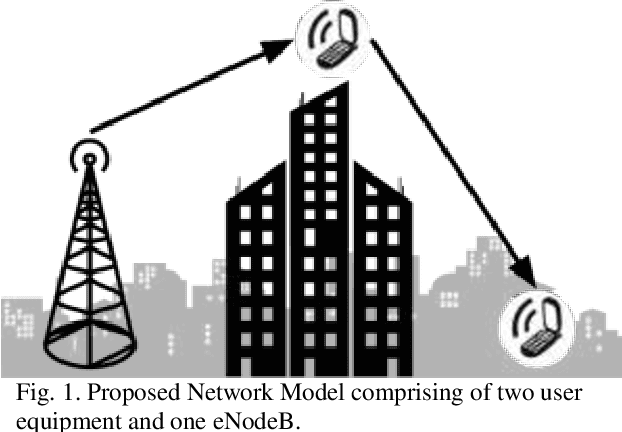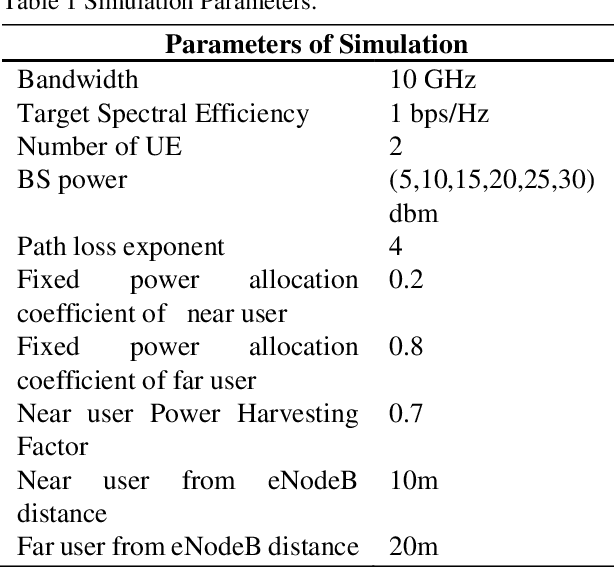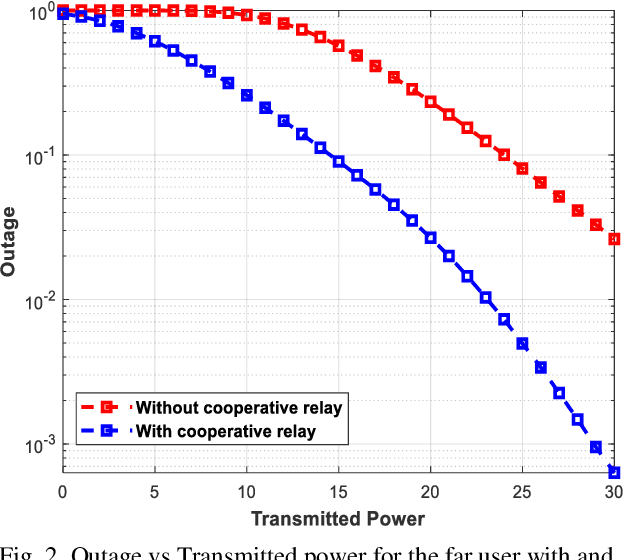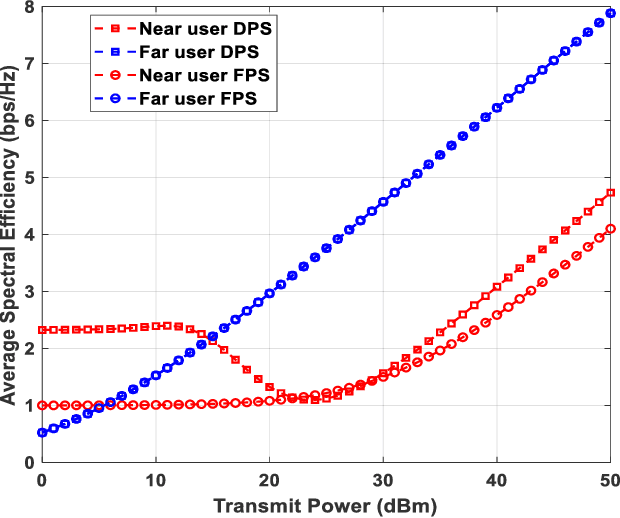Suitability of FPS and DPS in NOMA for Real-Time and Non-Real Time Applications
Paper and Code
Aug 23, 2021



Non-Orthogonal Multiple Access (NOMA) is a popular solution for supporting a high number of users and along with significant bandwidth in 5G cellular communication. By using a technique called cooperative relaying, the same data is sent to all the users, and one user can relay data to the other. In order to provide enough power for the users, energy harvesting techniques have been introduced with Simultaneous Wireless Information and Power Transfer (SWIPT) coming to prominence in recent times. In this paper, analysis has been made comparing two different power allocation schemes in NOMA, Fixed Power allocation Scheme (FPS) and Dynamic Power allocation Scheme (DPS). The comparisons were made in terms of their performance and characteristics while undergoing SWIPT. It has been found that by using DPS, an almost 25% increase in peak spectral efficiency can be obtained compared to FPS. However, DPS suffers from a higher outage probability as the increase of power causes the signal bandwidth to drop below the target rate a significant number of times. Based on the detailed results, conclusions were drawn as to which power allocation coefficient scheme would be used in real-time and non-real time communication standards, respectively. The results suggest that for real-time communication, FPS is more suitable while for non-real-time communication, DPS appears to work better than FPS.
 Add to Chrome
Add to Chrome Add to Firefox
Add to Firefox Add to Edge
Add to Edge